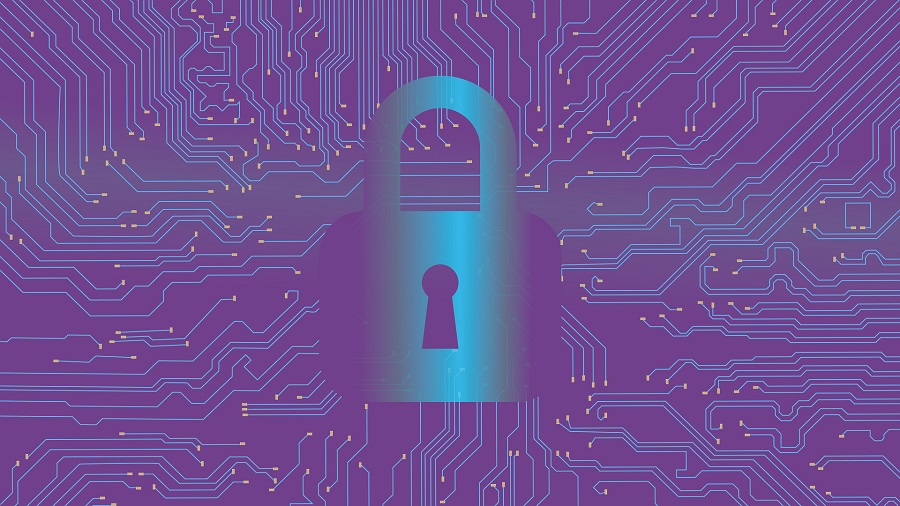Today’s society is immersed in the so-called digital transformation, which, since a few years ago, is changing the rules of the game in all areas. Human relationships, business, education or economics, to name a few, are little like what they were a few years ago. And they continue to transform day by day. We are experiencing a period of generally very transgressive changes, in which new ideas and new ways of doing things continually arise. Both these new trends and more mature concepts are developed at unprecedented speeds. Good examples are the Internet of Things (IoT), artificial intelligence, the autonomous car or smart cities. All this revolution is marked by a common denominator: digitization.
The technological infrastructure (networks, processing capacity) has evolved at the same pace to allow this digital transformation. Not only do people connect to the internet (on a 24/7/365 scheme), but machines (appliances, televisions, watches, cars, etc.) generate and consume huge amounts of data. The Network has grown so that everything is interconnected.
The growth of threats
In this context, digital and hyperconnected, cybersecurity has gained a very important relevance, which will only grow in the future. The number and complexity of cyber threats grows significantly every year. Not only that, there are also more and varied types of systems that are affected by these threats. This is due to the fact that digitization has been a driving force (and in turn, has benefited) from a process of standardization or standardization of technologies, which has made many systems share the same technological base.
However, sharing the technological base means sharing the threats. Where once only purely computer systems were the targets of attacks, nowadays any digital device is exposed to them and any company has the risk of suffering a filtering of data protected by spanish laws, for example, that puts at risk the corporate image and even business continuity. Therefore, no company can ignore this situation, and each must take measures to mitigate the cyber risk that affects its infrastructure, products and services.
Cybersecurity in Tecnatom
Tecnatom has an Information Security Management System to protect all the business support infrastructure (storage, communications, HR management platforms, etc.), following the de-facto standard in this area (ISO 27000).
In the business divisions, Tecnatom has a Cybersecurity Plan for its activities that further reinforces the application of cybersecurity measures throughout the life cycle of its digital solutions, while at the same time intensifying the logical security awareness of all employees. All this determines the company’s commitment to cybersecurity as another of the fundamental pillars on which our practices are based.






